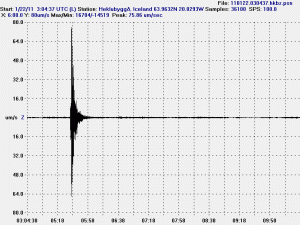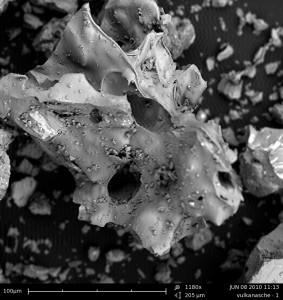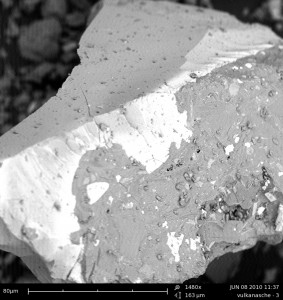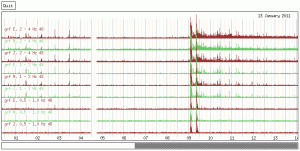I did miss this yesterday. But apparently there where false rumours on Facebook yesterday that Hekla volcano had start erupting. While the facts where those that no eruption was taking place in Hekla people did believe this anyway and didn’t check for the facts. The reason why this did happen was that somebody did use a old news about last Hekla eruption that took place in the year 2000. But news of that eruption can still be found on the internet today.
The most serious aspect of this false rumours about Hekla volcano is that this got into the news rooms at few media station, where people asked the news reporters on why they where not covering the eruption (that didn’t exist) in the news and with breaking news on the tv. But this also got into Icelandic Met Office, but people where calling them also. According to news on this false rumours this annoyed the geologist on duty. But this takes valuable time from them for no reason.
About six thousand people fell for this prank or false rumour on Facebook.
News about this: Hekla fór að gjósa á Facebook (Vísir.is) (Icelandic) – Use Google Translate at own risk.
—
A small earthquake swarm is taking place in Krísuvík volcano. This earthquake swarm is not big so far. The largest earthquakes have gone up to ML2.2 in size. The depth in this earthquake swarm is about 7 to 11 km. So far something less then 30 earthquakes have happened. Other then this small earthquake swarm in Krísuvík volcano, and few other small earthquake swarms taking place in Iceland or around it there isn’t a lot happening in earthquakes and volcano activity at the moment.




